Support OpenDurham.org
Preserve Durham's History with a Donation to Open Durham Today!
OpenDurham.org is dedicated to preserving and sharing the rich history of our community. Run by our parent nonprofit, Preservation Durham, the site requires routine maintenance and upgrades. We do not ask for support often (and you can check the box to "hide this message" in the future), but today, we're asking you to chip in with a donation toward annual maintenance of the site. Your support allows us to maintain this valuable resource, expand our archives, and keep the history of Durham accessible to everyone.
Every contribution, big or small, makes a difference and makes you a member of Preservation Durham. Help us keep Durham's history alive for future generations.

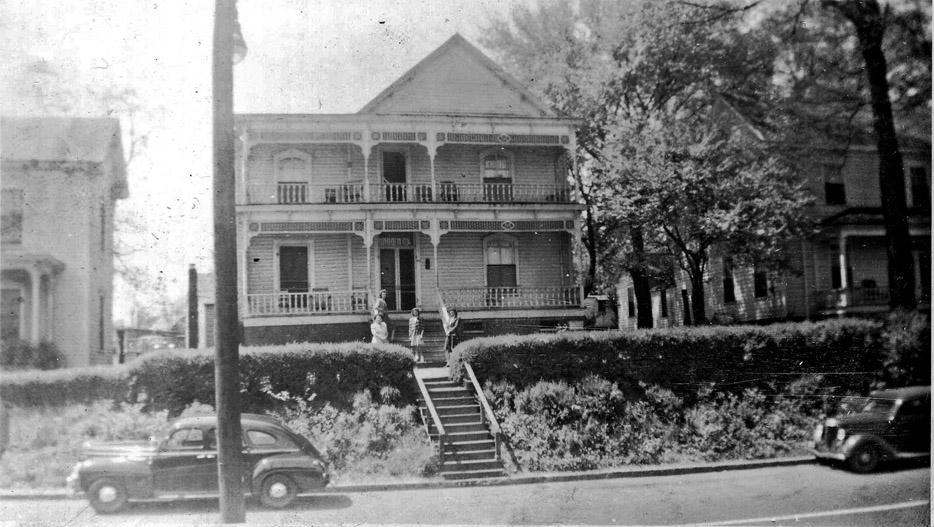
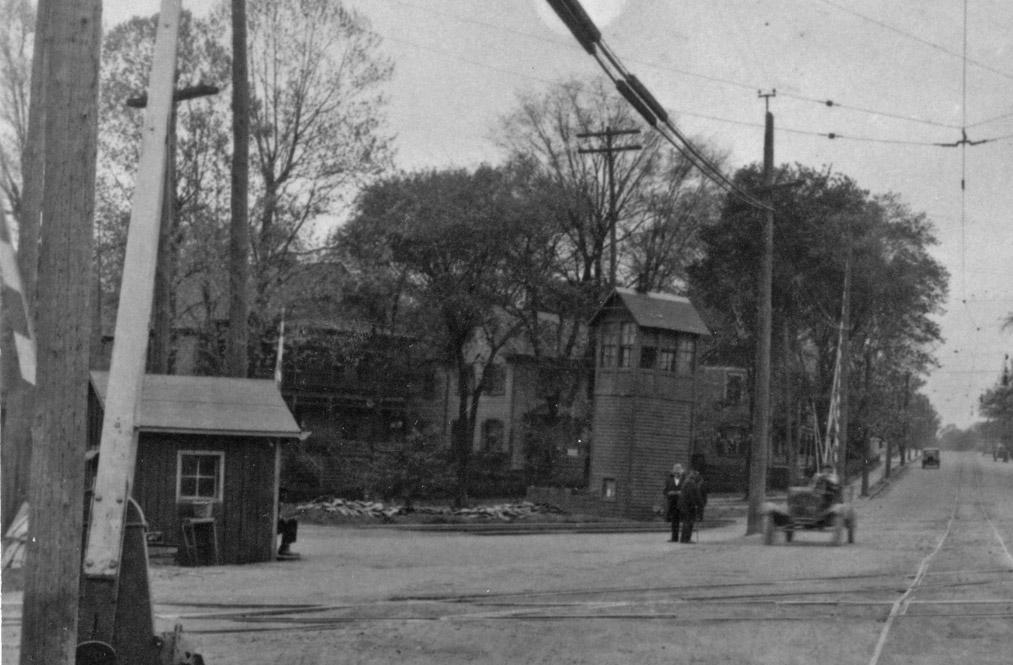
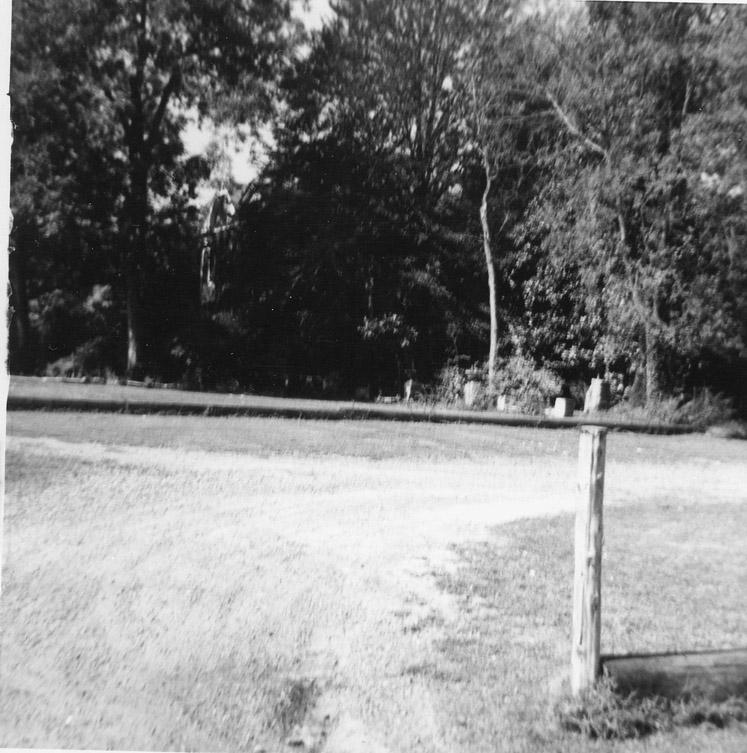
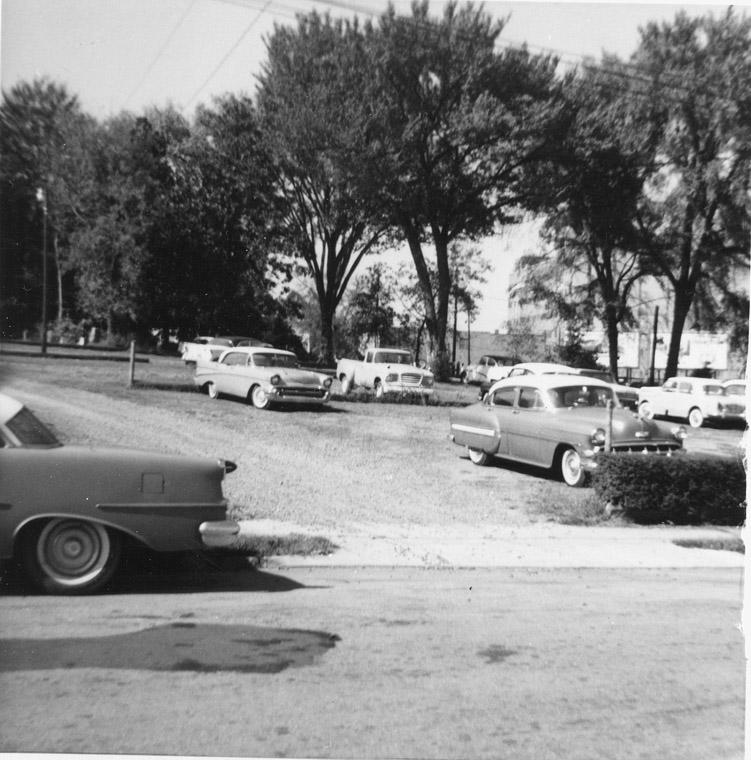
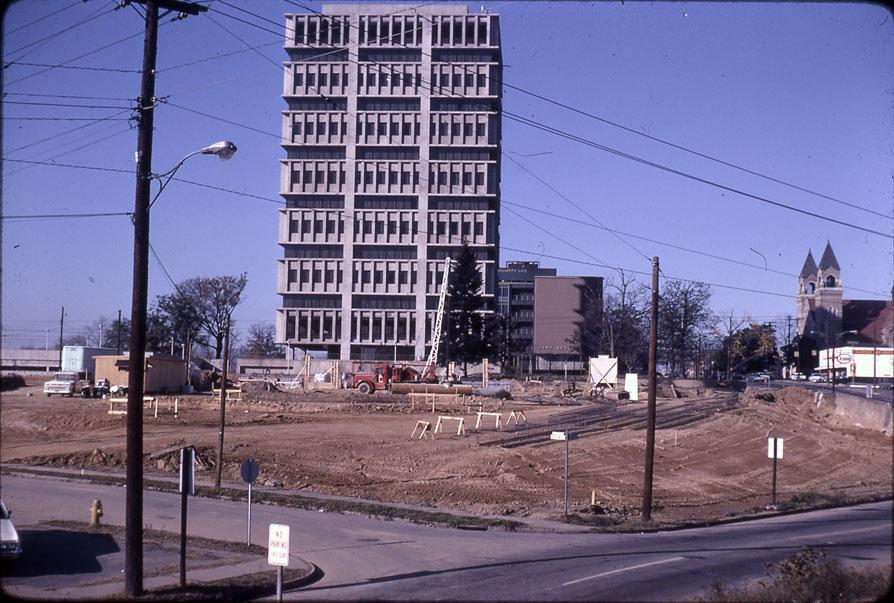
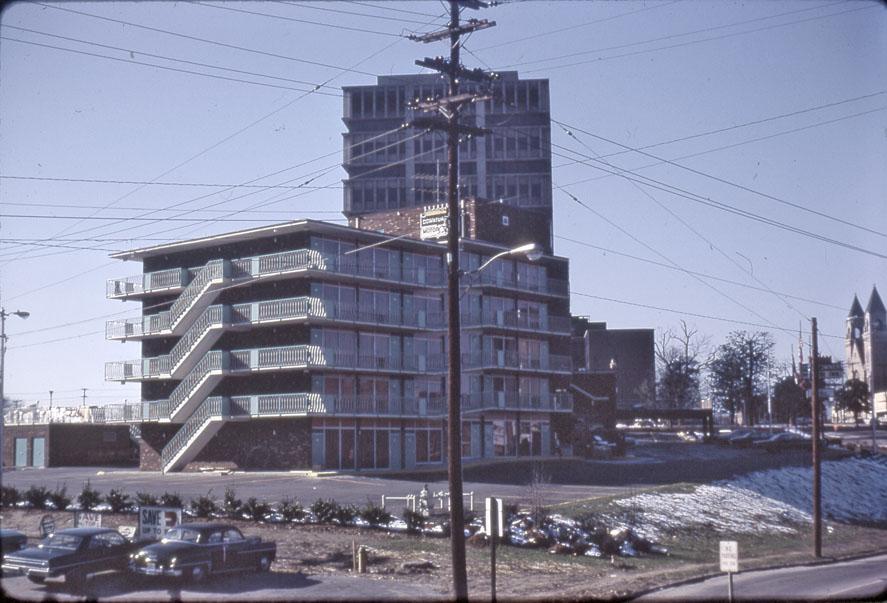
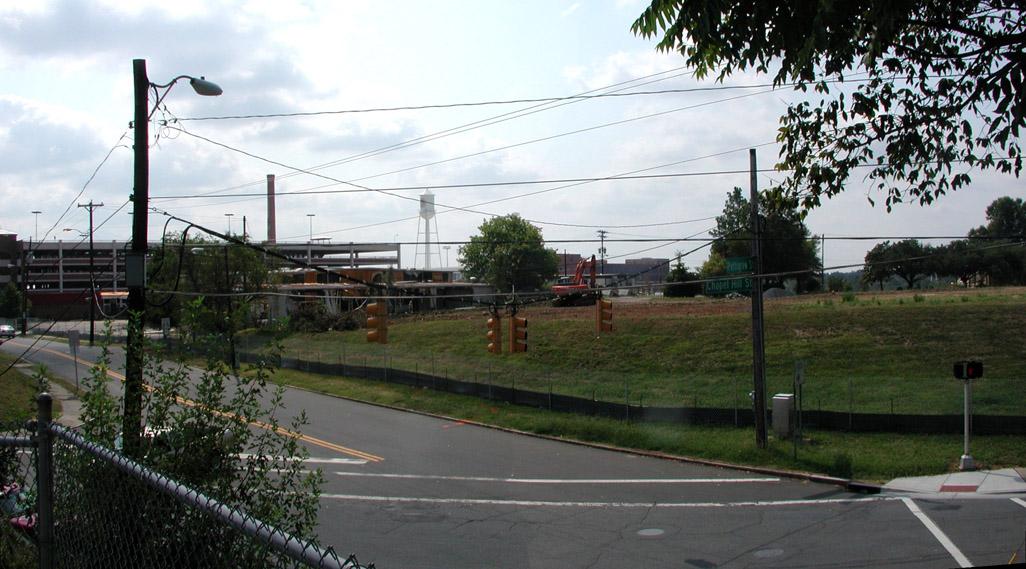
Comments
Submitted by Joseph H. (not verified) on Thu, 2/21/2008 - 4:34am
I wonder what that small tower is in the center right of your first picture?
Submitted by Gary (not verified) on Thu, 2/21/2008 - 9:51am
Joe
That's the tower for the crossing guard. Up to a point, the gates for the trains were manually operated, so the guard would sit in the tower to see when trains were approaching. When they did, he would go out and lower the gates. I'm not sure what other stages of mechanization this might have gone through, but they appear to have all disappeared after the 1920s - so I assume that some point after that, the tech was available to send an electrical signal to the gates from a switch up-track.
GK
Submitted by Anonymous (not verified) on Thu, 2/21/2008 - 9:09pm
Interesting to note that the 1967 view of the intersection and the 2007 view of the intersection are virtually identical...
Add new comment
Log in or register to post comments.